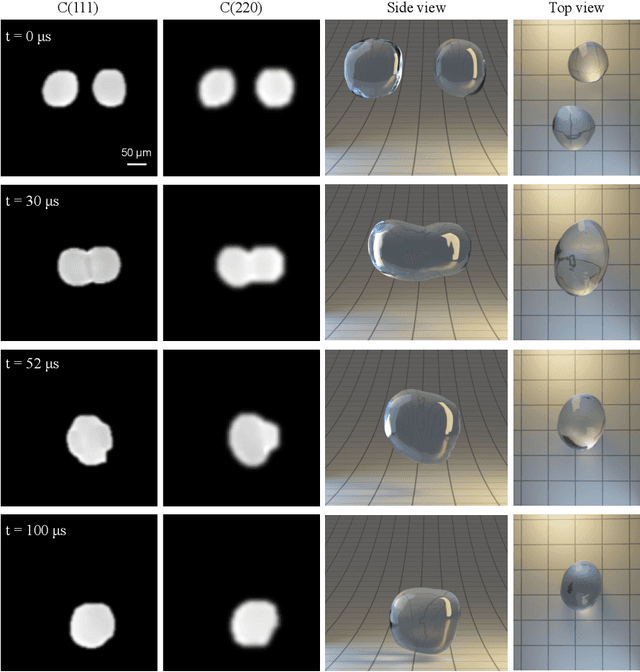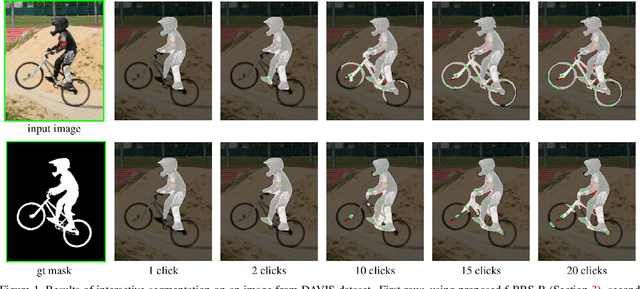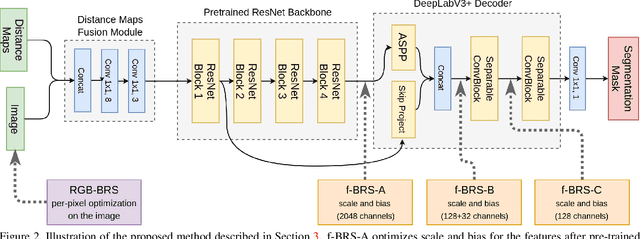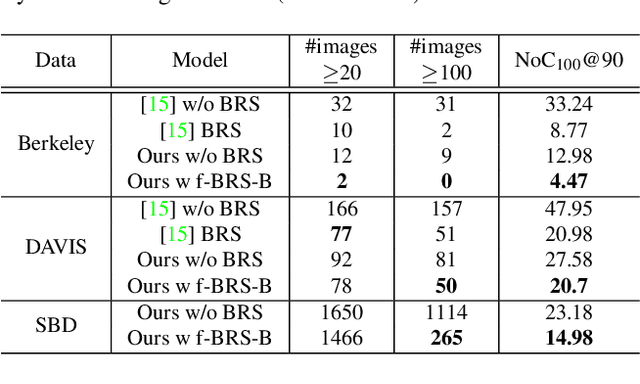Ilia Petrov
Reutlingen University
Megahertz X-ray Multi-projection imaging
May 19, 2023


Abstract:X-ray time-resolved tomography is one of the most popular X-ray techniques to probe dynamics in three dimensions (3D). Recent developments in time-resolved tomography opened the possibility of recording kilohertz-rate 3D movies. However, tomography requires rotating the sample with respect to the X-ray beam, which prevents characterization of faster structural dynamics. Here, we present megahertz (MHz) X-ray multi-projection imaging (MHz-XMPI), a technique capable of recording volumetric information at MHz rates and micrometer resolution without scanning the sample. We achieved this by harnessing the unique megahertz pulse structure and intensity of the European X-ray Free-electron Laser with a combination of novel detection and reconstruction approaches that do not require sample rotations. Our approach enables generating multiple X-ray probes that simultaneously record several angular projections for each pulse in the megahertz pulse burst. We provide a proof-of-concept demonstration of the MHz-XMPI technique's capability to probe 4D (3D+time) information on stochastic phenomena and non-reproducible processes three orders of magnitude faster than state-of-the-art time-resolved X-ray tomography, by generating 3D movies of binary droplet collisions. We anticipate that MHz-XMPI will enable in-situ and operando studies that were impossible before, either due to the lack of temporal resolution or because the systems were opaque (such as for MHz imaging based on optical microscopy).
AnyDB: An Architecture-less DBMS for Any Workload
Sep 04, 2020Abstract:In this paper, we propose a radical new approach for scale-out distributed DBMSs. Instead of hard-baking an architectural model, such as a shared-nothing architecture, into the distributed DBMS design, we aim for a new class of so-called architecture-less DBMSs. The main idea is that an architecture-less DBMS can mimic any architecture on a per-query basis on-the-fly without any additional overhead for reconfiguration. Our initial results show that our architecture-less DBMS AnyDB can provide significant speed-ups across varying workloads compared to a traditional DBMS implementing a static architecture.
f-BRS: Rethinking Backpropagating Refinement for Interactive Segmentation
Jan 28, 2020



Abstract:Deep neural networks have become a mainstream approach to interactive segmentation. As we show in our experiments, while for some images a trained network provides accurate segmentation result with just a few clicks, for some unknown objects it cannot achieve satisfactory result even with a large amount of user input. Recently proposed backpropagating refinement (BRS) scheme introduces an optimization problem for interactive segmentation that results in significantly better performance for the hard cases. At the same time, BRS requires running forward and backward pass through a deep network several times that leads to significantly increased computational budget per click compared to other methods. We propose f-BRS (feature backpropagating refinement scheme) that solves an optimization problem with respect to auxiliary variables instead of the network inputs, and requires running forward and backward pass just for a small part of a network. Experiments on GrabCut, Berkeley, DAVIS and SBD datasets set new state-of-the-art at an order of magnitude lower time per click compared to original BRS. The code and trained models are available at https://github.com/saic-vul/fbrs_interactive_segmentation .
 Add to Chrome
Add to Chrome Add to Firefox
Add to Firefox Add to Edge
Add to Edge